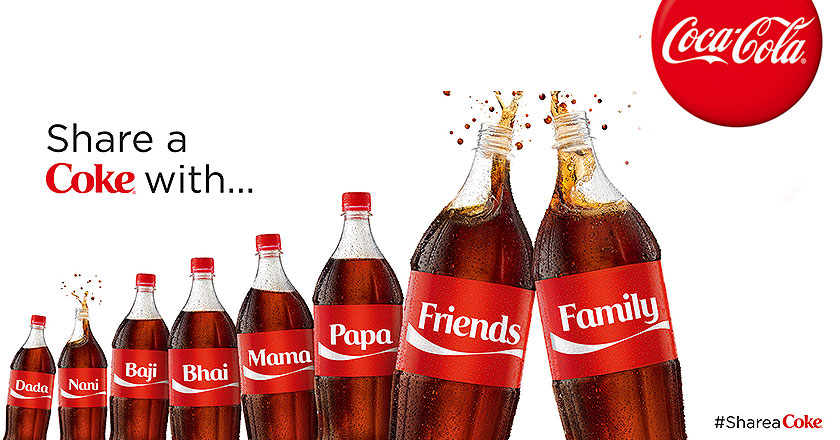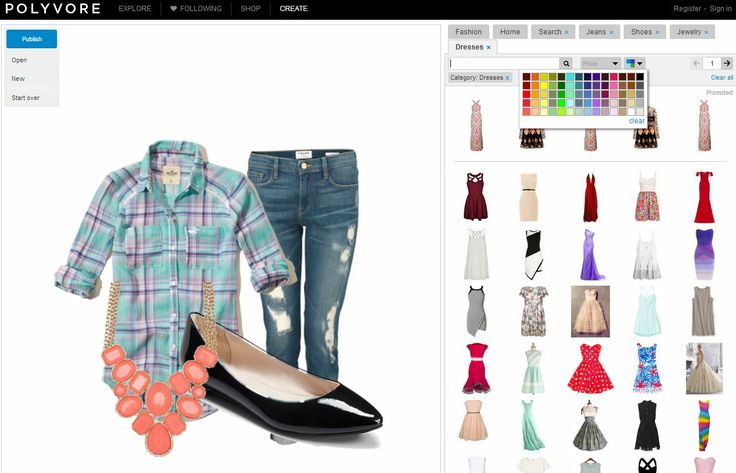On a daily basis, the average consumer sees almost 250 marketing messages, however, it is unlikely that they notice half of them (Fluid Drive Media). It is critical for a brand’s message to stand out among the crowd and resonate with consumers. In today’s society, brands need to meet consumers where they are at. This looks like multi-platform consumer personalization. Creating unique experience for consumers that will promote not only long-term customer retention but that will create a relationship between the consumer and brand.
Is Personalization Really Crave-worthy?
In today’s micro-moment society, consumers are looking for personalized experiences. 86% of consumers say that personalization plays a role in their purchasing decisions (Infosys). In another study by Accenture, 64% of consumers indicated that they would prefer a personalized shopping experience based on their past consumer behavior over a non-personalized experience where their data is not being tracked by retailers. Consumers like it when brands acknowledge, or even remember, their preferences. It creates an easier experience for the customer. Target does a noteworthy job of using data to personalize both online and in-store shopping experiences. It is likely that shoppers will find ads for products recently viewed on Target’s website in ads on other frequently visited websites. Target uses data to track customer purchase behaviors. In fact, they received criticism for identifying that a teenager was pregnant and sending her coupons before she shared the big news with her family-they’re scary good.
Other Brands that Raise the Bar

Coke’s “Share a Coke” campaign brilliantly broke down traditional marketing barriers by surprising and delighting customers. Their social media impressions increased as this campaign sparked customers to post pictures of their personalized coke bottles and encouraged conversation about finding Coke bottles with their names on them. Coke also has an option on their website where customers can create their own Coke labels and purchase them. Not only is Coke consistent, but cutting edge. They remarkably use personalization to create excitement that has become contagious.

The social shopping community, Polyvore (https://www.polyvore.com/), allows users to mix and match items they like in a digital collage before purchasing them. Users are able to share these product creations on social media. Large brands have noticed the success and have started to implement similar creative personalization options to enhance a shopper’s online experience.
Neiman Marcus is a retailer that uses data to reduce shopping cart abandonment by sending customers an email with a coupon and direct link to product(s) in cart.
Easy Ways to Personalize Your Brand
- Understand who your customers are and anticipate consumer needs through technology. Some websites will use previously collected data to determine website appearance. For example, a website’s home page may sport a different image depending on a viewer’s previous behavior during a previous site visit. David Myers touches on this concept in a blog post, “It’s All About Personalization: Why Consumer Marketers Must Tailor Content to Individuals,” on the value of tailoring content to individuals.
- Link social media account log-ins to give your brand access to more data that can be used to customize consumer experience
- Seize the opportunity for your brand to maximize micro-moment influence
- Interact with consumers through live video on product pages. Liveclicker found that merchants who use videos on their product pages have a 68% higher average order value than retailers who only have videos on a few pages. Video and offering service through live video chat are great ways to create a unique customer experience and decrease shopping cart abandonment. 82% of B2B marketers claim that their video marketing initiatives have been successful and have positively influenced brands SEO initiatives.
The Impact of Personalization
Personalization is a powerful way to increase sales and brand loyalty. It creates tangible results. Consumers are more likely to spend more time on a site that caters to their needs. Each customer has a unique journey. Although a shopper’s destination is important, the pathways a consumer takes to reach that destination are just as important. Two consumers may have completely different expectations, thus, unique journeys. Janrain & Harris Interactive found that 74% of online consumers become frustrated by content that is irrelevant to their needs on a website. They also found that using demographic and behavioral data to create personalized experiences increased conversion rates by 30%. Kevin Lindsay explores this journey on Adobe’s Digital Marketing blog in post, “Let’s Imagine What Marketing Could Look Like.”
Creating personalized experiences not only benefits brands by increasing their sales, but it strengthens the brand’s relationship with its consumers. It provides consumers with unique experiences that they will be excited to share with friends.






